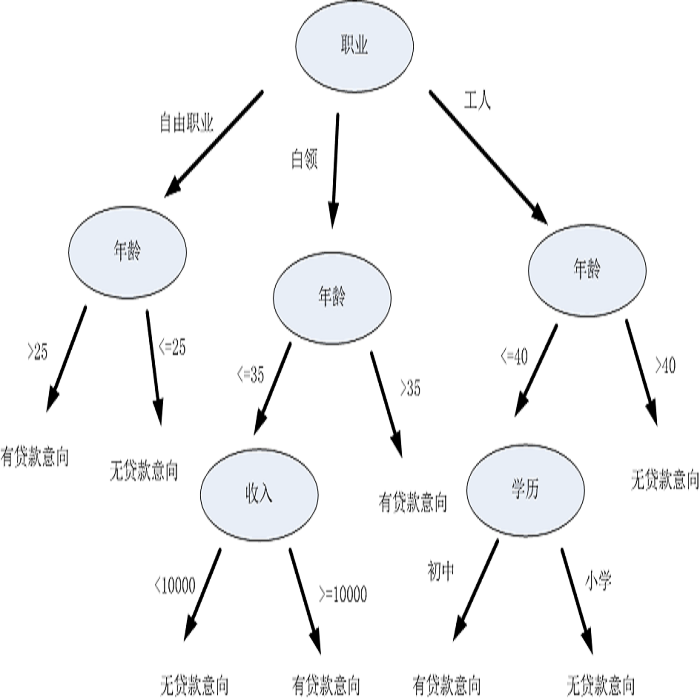Smart meter data analysis can provide insights into residential electricity consumption behaviors. Seasonal variation in consumption is not well understood but yet important to utilities for energy pricing and services. This paper aims to develop a methodology to measure seasonal variations in load patterns and identify the relationship between seasonal variation and socioeconomic factors, as socioeconomic characteristics often have great explanatory power on electricity consumption behaviors. We first model the seasonal load patterns using a two-stage K-Medoids clustering and evaluate the relative entropy of the load pattern distributions between seasons. Then we develop decision tree classifiers for each season to analyze the importance of different socioeconomic characteristics factors. Taking real-world data as a case study, we find that income level is an essential factor influencing the pattern variation across all seasons. The number of children and the elderly is also a significant factor for certain seasonal changes.
翻译:智能计量数据分析可以提供住宅用电消费行为的洞察力。 季节性消费差异没有很好地理解,但对能源定价和服务的公用事业来说仍然很重要。 本文旨在开发一种方法,以测量负荷模式的季节性变化,并确定季节性变化和社会经济因素之间的关系,因为社会经济特征往往对电力消费行为具有很大的解释力。 我们首先使用两阶段K-Medoids集群来模拟季节性负荷模式模式,并评估不同季节间负荷模式分布的相对酶性。 然后我们为每个季节开发决策树分类器,以分析不同社会经济特征因素的重要性。 以真实世界的数据作为案例研究,我们发现收入水平是影响不同季节模式变化的重要因素。 儿童和老年人的数量也是某些季节性变化的重要因素。



